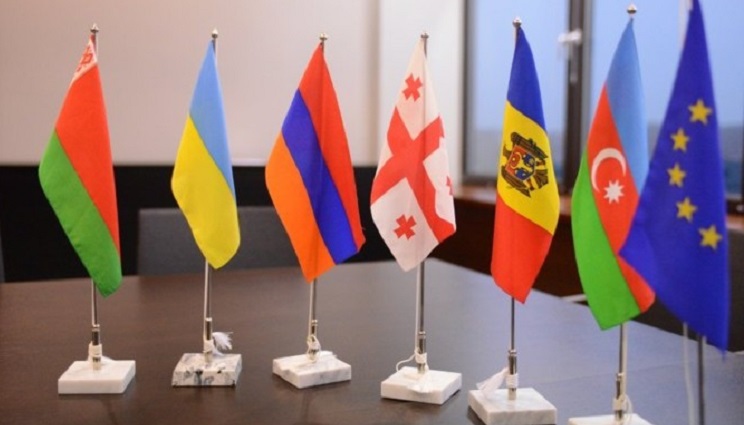Financial Times: 'Thirty years after the Berlin Wall, the region to watch is eastern Europe and the Caucasus'

“Over the past 15 years, Georgia has established a record as a reformer,” writes Chakrabarti. Photo: Financial Times.

The Financial Times has released an article by Suma Chakrabarti, the President of the European Bank for Reconstruction and Development (EBRD) titled Thirty years after the Berlin Wall, the region to watch is eastern Europe and the Caucasus.
The author says that 30 years after the fall of the Berlin Wall, as the early reformer countries of central Europe including Poland, Hungary, Czech and Slovak Republics now are “on their own feet”, the EBRD is focusing on the regions “that want, and have the potential to undergo a similar economic transformation.”
Today’s investors looking for the next success story would be also well-advised to take a closer look at the countries of the [Eastern Partnership] EaP,” writes Chakrabarti.
The Eastern Partnership (EaP), which launched in 2009, is a cooperation framework of the EU and six countries of Eastern Europe and the Caucasus which are Ukraine, Moldova, Belarus, Georgia, Armenia and Azerbaijan.
Three - Georgia, Moldova and Ukraine - are betting on economic integration and political association with the EU. Two - Armenia and Belarus - are members of the Eurasian Economic Union. One – Azerbaijan – is keeping a balance,” says the author.
By entering the EaP, all of the six countries of the former USSR stated that they see their economic and political future “being tied to those of the globalised world and to an international rules-based system, which the EU exemplifies.”
In recent years, the region has made huge strides towards achieving macroeconomic stability. After decades of painful transition from state-dominated economies, new paths of economic development are finally becoming clear and bringing tangible results,” writes Chakrabarti.
Over the past 15 years, Georgia has established a record as a reformer,” writes Chakrabarti.
The author notes that the EBRD continues to support Eastern Europe and the Caucasus.
See the full article here.
 Tweet
Tweet  Share
Share



